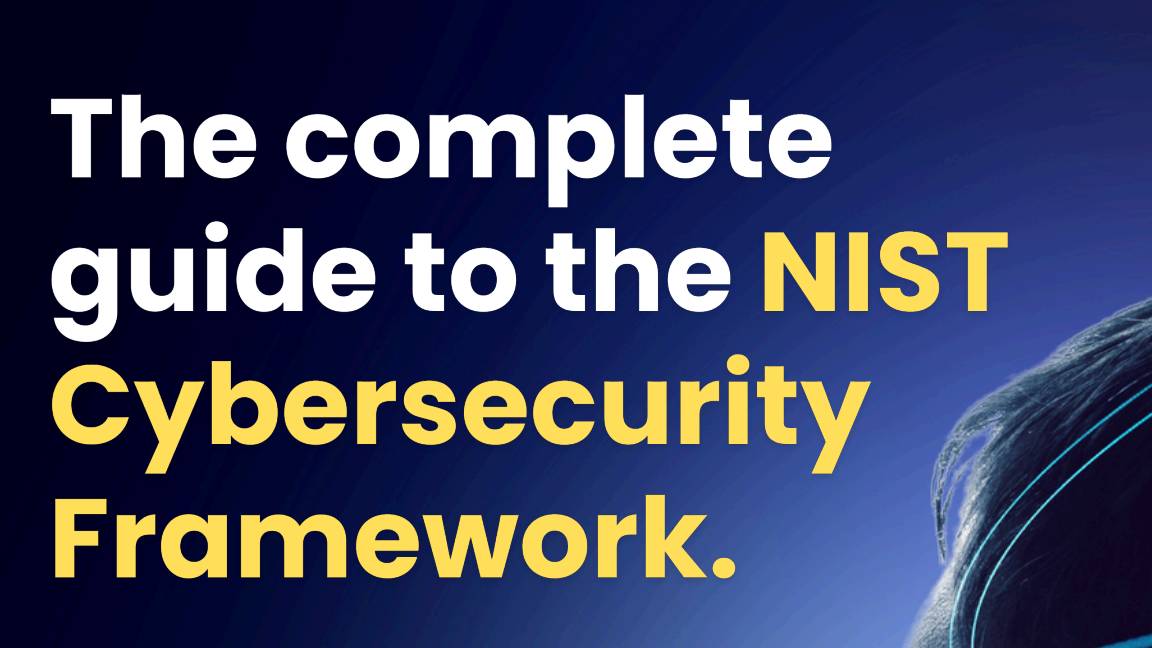AI-driven AMLOCK to streamline money laundering detection
AMLOCK uses AI to determine if a money laundering flag warrants a full investigation

With the countless advances in tech lately, money laundering has become more advanced than ever. But technology goes the other way too, as AI is helping in the anti-money laundering fight. Recently, 3i Infotech’s AI-driven AMLOCK Analytics streamlined AML detection and enforcement.
While this system helps identify money laundering, likely its biggest impact is identifying false positives. These are trends that may seem like money laundering and may be flagged as such but ultimately end up being routine.
AMLOCK Analytics uses various statistical methods and machine learning algorithms to analyze and predict money laundering based on institutional history. It also uses risk profiling to drive decision making, plus it accounts for customer and seasonal trends. If it finds anomalies or deviations from these trends, it flags the account for further investigation.
In the end, this gives the user the ability to work efficiently by focusing on events with high risk or are outliers from the norm.
In describing this system, Ravikanth Sama, global head of AML Practice, said, “AMLOCK Analytics blends both the traditional rule-based system and the power of Analytics to bring better efficiency & risk focus. It can be hosted both on-premise and on cloud infrastructure. The solution provides a probability score indicating the chances of closing an alert based on the past actions taken by the users on similar alerts. AMLOCK Analytics improves the conversion rate of Suspicious Transaction Report (STR) or Suspicious Activity Report (SAR), as it dynamically correlates between the alerts in which suspicious transaction reports have been generated and those that have been tagged as false positives by the investigators.”
Head of global delivery & engineering at 3i Infotech, Balakrishna Peddiraju, added to that, “Our AMLOCK Analytics solution helps detect unknown suspicious behavioral AML patterns, thereby improving operational efficiency. This solution is seamlessly integrated with AMLOCK and embedded with various machine learning and deep learning algorithms. It facilitates intense surveillance and reduces investigation time. It enables better alert triage and smarter investigations by providing astute guidance based on historical patterns for factors such as risk assessment.”
Sign up today and you will receive a free copy of our Future Focus 2025 report - the leading guidance on AI, cybersecurity and other IT challenges as per 700+ senior executives
-
 I couldn’t escape the iPhone 17 Pro this year – and it’s about time we redefined business phones
I couldn’t escape the iPhone 17 Pro this year – and it’s about time we redefined business phonesOpinion ITPro is back on smartphone reviews, as they grow more and more intertwined with our work-life balance
-
 The gig economy: Past, present, and future
The gig economy: Past, present, and futureFeature The rise of the gig economy represents a new era of flexible working despite being plagued with controversies
-
 ‘The worst thing an employee could do’: Workers are covering up cyber attacks for fear of reprisal – here’s why that’s a huge problem
‘The worst thing an employee could do’: Workers are covering up cyber attacks for fear of reprisal – here’s why that’s a huge problemNews More than one-third of office workers say they wouldn’t tell their cybersecurity team if they thought they had been the victim of a cyber attack.
-
 "Thinly spread": Questions raised over UK government’s latest cyber funding scheme
"Thinly spread": Questions raised over UK government’s latest cyber funding schemeThe funding will go towards bolstering cyber skills, though some industry experts have questioned the size of the price tag
-
 Modern enterprise cybersecurity
Modern enterprise cybersecuritywhitepaper Cultivating resilience with reduced detection and response times
-
 IDC InfoBrief: How CIOs can achieve the promised benefits of sustainability
IDC InfoBrief: How CIOs can achieve the promised benefits of sustainabilitywhitepaper CIOs are facing two conflicting strategic imperatives
-
 The complete guide to the NIST cybersecurity framework
The complete guide to the NIST cybersecurity frameworkWhitepaper Find out how the NIST Cybersecurity framework is evolving
-
 Are you prepared for the next attack? The state of application security in 2024
Are you prepared for the next attack? The state of application security in 2024Webinar Aligning to NIS2 cybersecurity risk-management obligations in the EU
-
 The economics of penetration testing for web application security
The economics of penetration testing for web application securitywhitepaper Get the most value from your security solution
-
 How to extend zero trust to your cloud workloads
How to extend zero trust to your cloud workloadsWhitepaper Implement zero trust-based security across your entire ecosystem